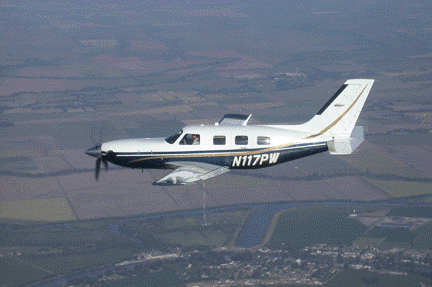FLIGHT INSTRUCTION
GETTING STARTED
At Alpine Aviation we’re dedicated to safety, service and full certification. We can help you earn your wings, from Private Pilot through Commercial and Airline Transport Pilot, including a Single-Engine Seaplane rating.
You can start at any age, although you must be 16 to solo, 17 to obtain your Private Pilot certificate and 18 to become a Commercial Pilot.

FLIGHT TRAINING:
STEP 1: TAKE AN INTRODUCTORY FLIGHT
We invite you to go for your first flight to see how much fun you’ll have flying. Our dedicated instructor will be next to you the whole time, and they’ll perform the take-off and landing. But once in the air, you will be at the controls! You’ll get a feel for straight and level flight, turns, climbs and descents. And the views are incredible!
STEP 2: ELIGIBILITY
Before investing in flight training find out if you meet the eligibility requirements to get your Student Pilot & Medical Certificates. You will need a Student Pilot Certificate to fly solo and a Medical Certificate to get your Private or Recreational Pilots license. Our staff is always happy to help with these steps.
STEP 3: STUDENT CERTIFICATE
Fill out a few forms and mail them in and the FAA will send you your Student Pilot Certificate, which is valid for two years. There is no need to wait at home for it either, as you can continue flying and practicing until it arrives.
STEP 4: YOUR FIRST SOLO
When you finish the basic flight training and written tests, and your instructor feels you are ready to fly by yourself, you’ll be ready to solo! Don’t forget your camera because this is a day you will never forget.
STEP 5: CROSS-COUNTRY TRAINING
During this stage you will attain the skills needed to leave the local area and fly to other airports. You will learn to navigate, check weather reports and forecasts, file a flight plan with a weather briefer and learn more about aircraft performance. There are a lot of interesting places to fly during this phase and you’ll see things you never saw before.
STEP 6: NIGHT FLIGHTS
Flying at night is a very different experience than flying during daylight hours, and many people really prefer to fly at night. With less traffic and unbelievable views, this is an exciting time to fly. You will need at least 10 hours of night flight and some of those hours you’ll be flying to other airports in the area.
STEP 7: KNOWLEDGE TEST
The FAA Private Pilot Knowledge Test is your written exam covering all the aspects of aviation theory and practices. The exam is a 60 question, multiple-choice type test and the results are valid for two years. Minimum passing score is 70% and this test must be completed before you can go for your final Practical Test, also known as the Check Ride.
STEP 8: CHECK RIDE
An Oral Knowledge Test followed by a Practical Flight Test is performed by an FAA Designated Examiner. After this, you are a certified Private Pilot with all the rights and privileges!






